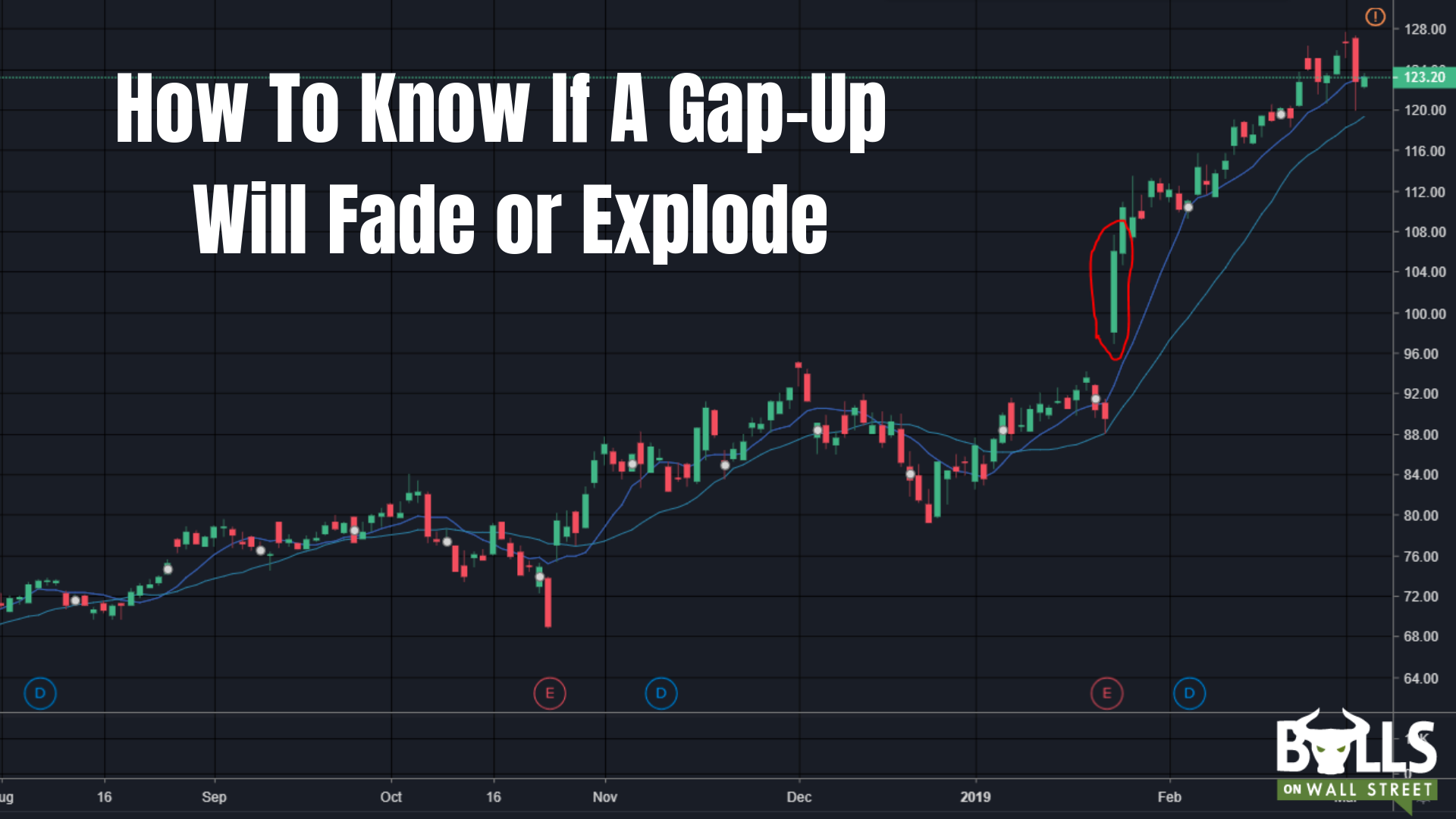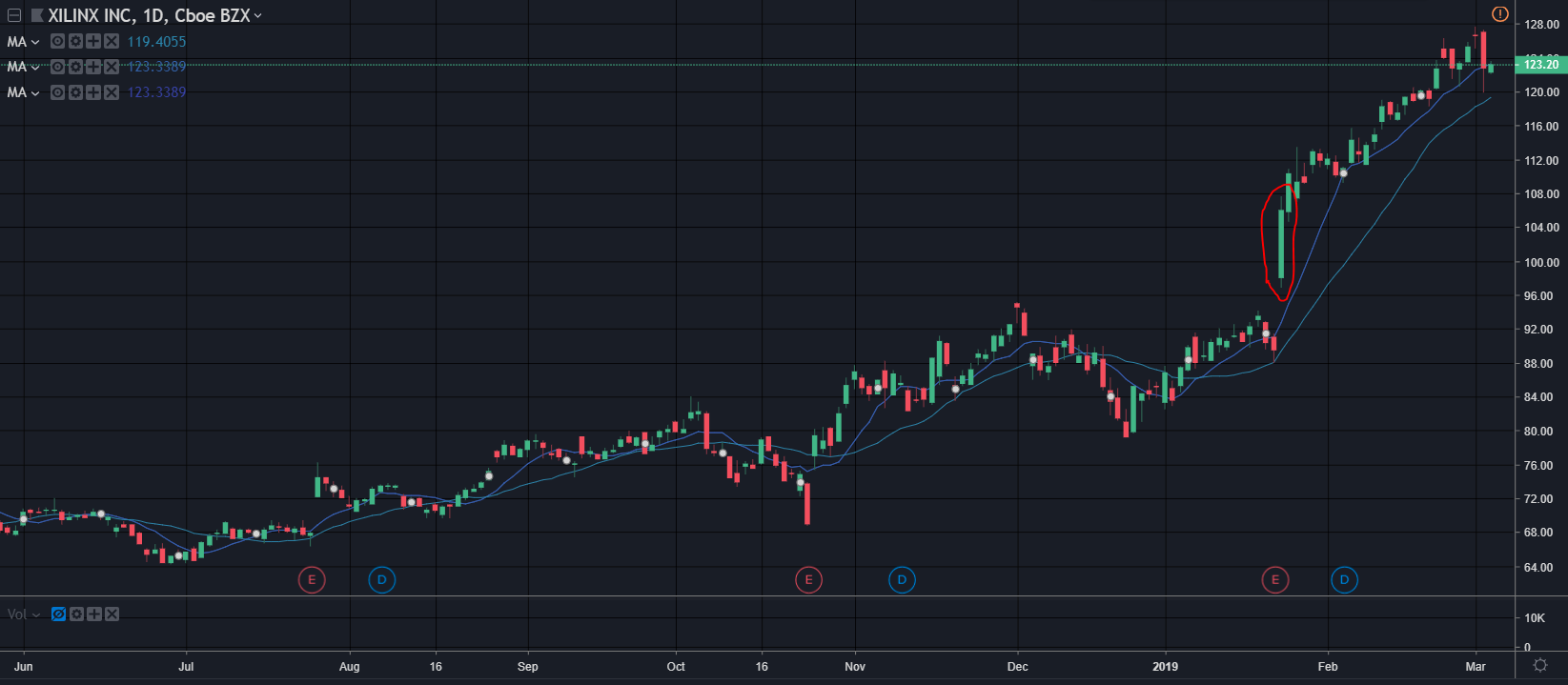 One of the most common questions I get from aspiring day traders: How do you know which stocks that gap up will follow through, and which stocks will fade off all day?
We talked earlier this week about stock gaps and how to scan for gappers. Today we will discuss the main technical factors that affect whether a stock follows through on a gap-up or not.
There are 5 main factors that affect whether a gap-up will be sold into or bought up. You will want to have all 5 of these align to have a high probability of getting on the right side of a trend on a gapper:
One of the most common questions I get from aspiring day traders: How do you know which stocks that gap up will follow through, and which stocks will fade off all day?
We talked earlier this week about stock gaps and how to scan for gappers. Today we will discuss the main technical factors that affect whether a stock follows through on a gap-up or not.
There are 5 main factors that affect whether a gap-up will be sold into or bought up. You will want to have all 5 of these align to have a high probability of getting on the right side of a trend on a gapper:
Nearby Daily Resistance
Stocks that gap-up into resistance will often sell off when the market opens due to nearby supply. Gaps that follow through will typically have no nearby resistance, as they have less of a reason to reverse trend. Before you buy any stocks gapping up, always check the daily chart to make sure there is no nearby resistance, and there is room to run. Typically you want to look at about 18 months of price history on a daily chart, and mark out key levels of resistance and support before the market opens.Basing Period
Stocks get their power from consolidation and bases. The best gap-up plays are usually preceded by a basing period of at least 1-2 weeks. This is a period where a stock trades sideways on low volume in a range. XLNX is a great example of a stock that had a great breakout gap after a long basing period: You can see how it was trading sideways and consolidating for about a 3 month period. The longer the basing period, the higher the probability of the gap-up following through. The long base in combination with an earnings breakout is one of the most explosive setups.
You can see how it was trading sideways and consolidating for about a 3 month period. The longer the basing period, the higher the probability of the gap-up following through. The long base in combination with an earnings breakout is one of the most explosive setups.


